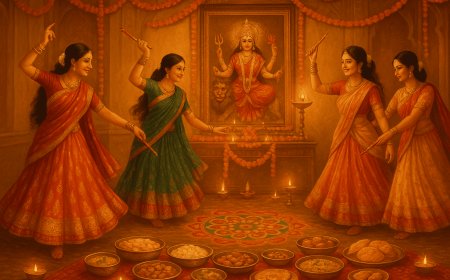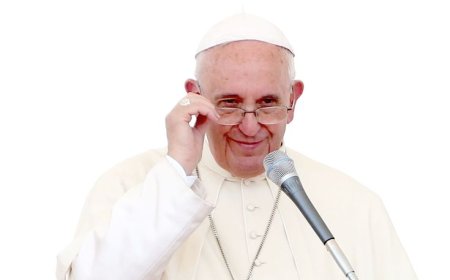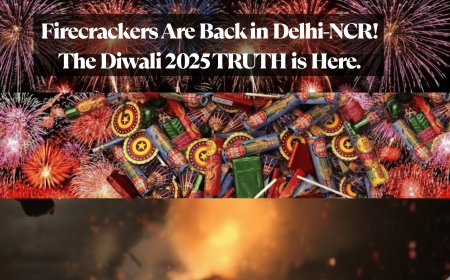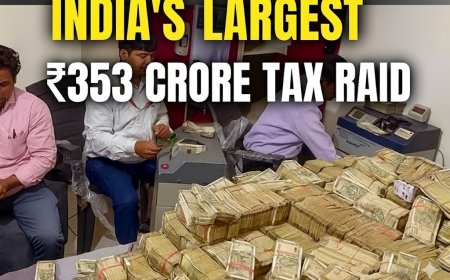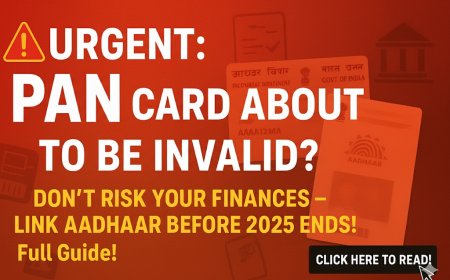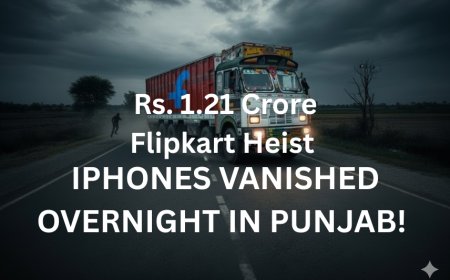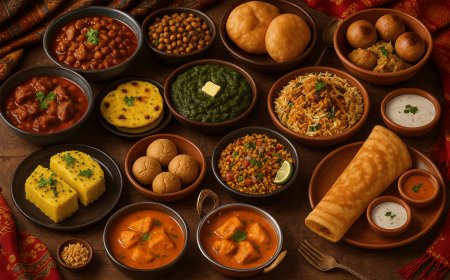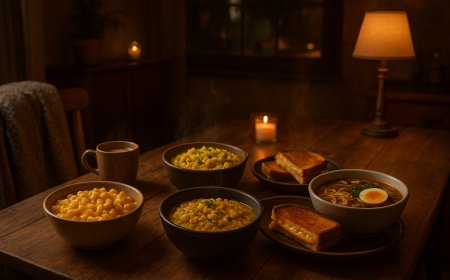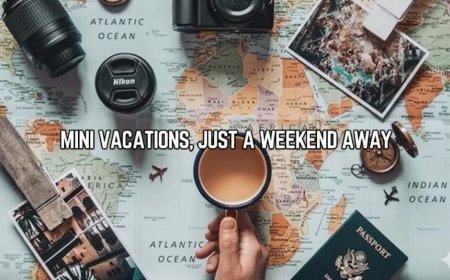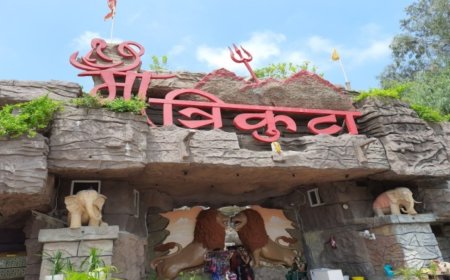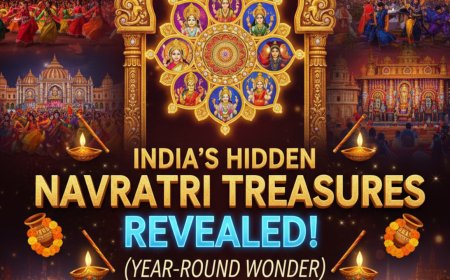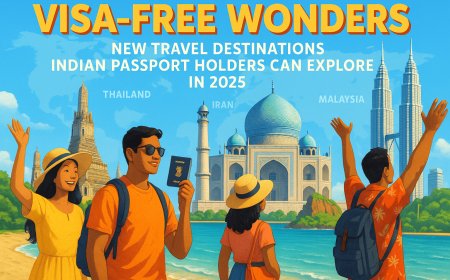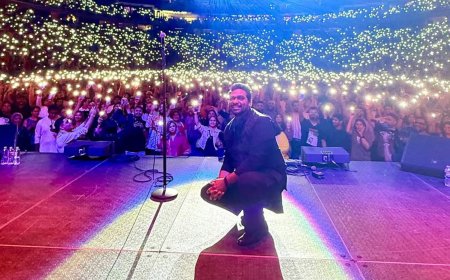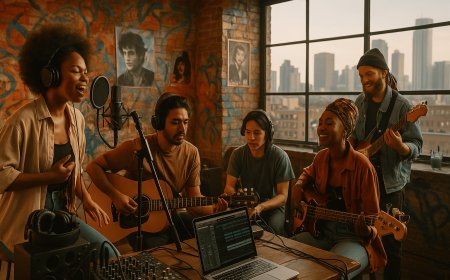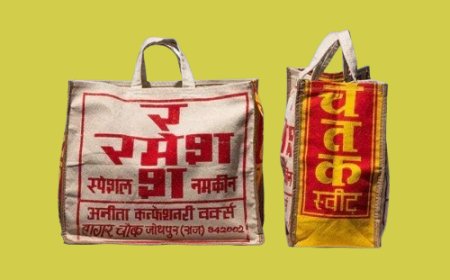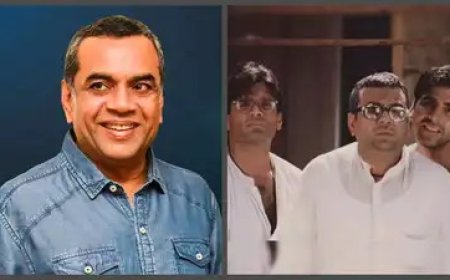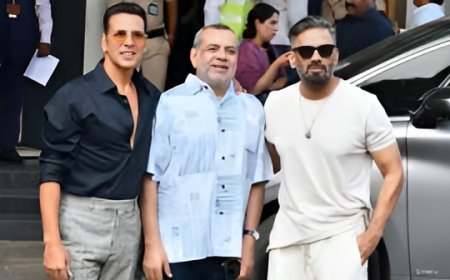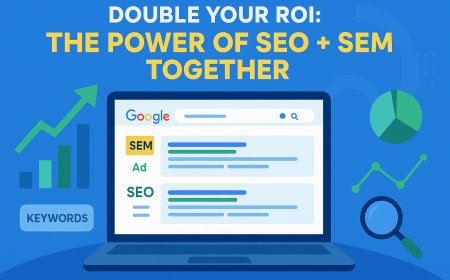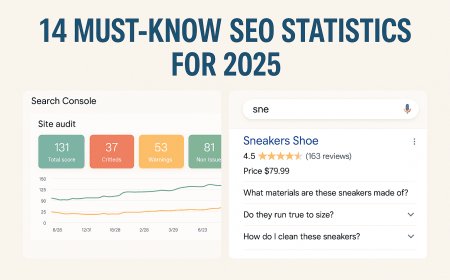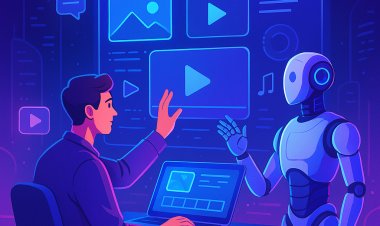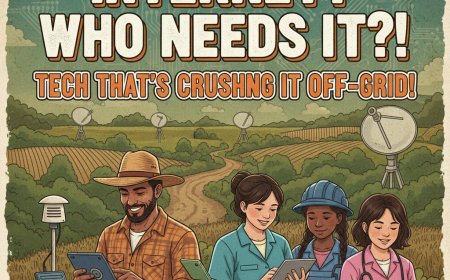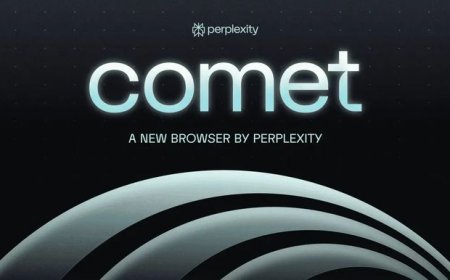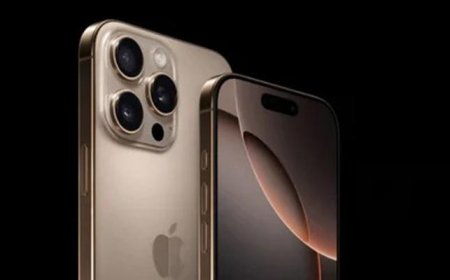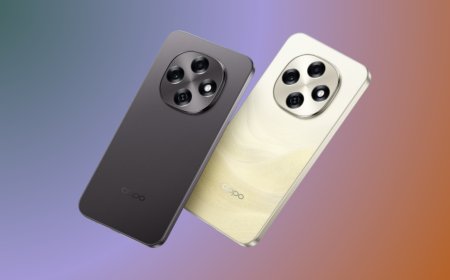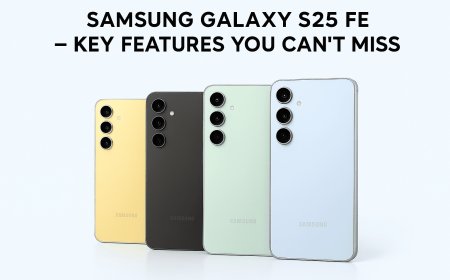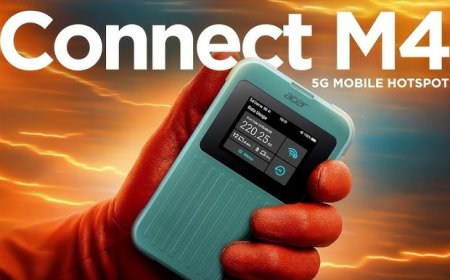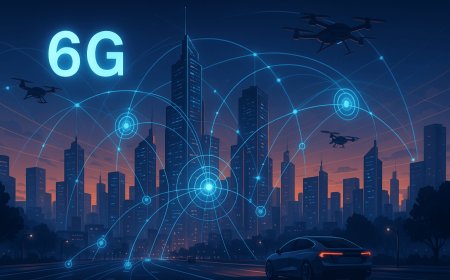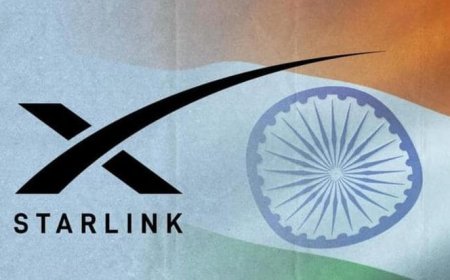Breaking Free: How Independent Music Artists Are Reshaping the Global Music Scene
Discover how independent music artists worldwide are reshaping the music industry with DIY creativity, social media, and streaming platforms. Explore the rise, challenges, and future of indie musicians in this global movement.
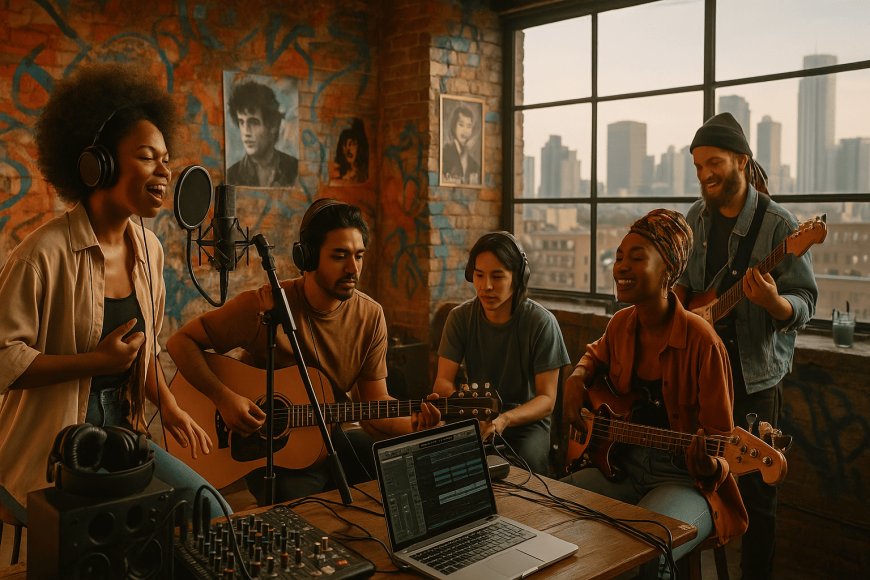
Have you ever wondered how some music stars seem to explode onto the scene overnight without signing with big record labels? Well, that’s the power of independent music artists today. The world is witnessing a huge shift - artists are breaking free from traditional record label rules and carving their own paths. This movement is transforming how music is made, shared, and enjoyed globally.
Let’s dive into this fascinating rise of independent musicians and explore what it means for the future of music everywhere.
What Does It Mean to Be an Independent Music Artist?
Simply put, independent or “indie” artists are musicians who create and share their music without the backing of major record labels. That means they usually have full control over their art, their image, and how they connect with fans.
In the past, artists almost always needed labels to record, distribute, and promote their music. But these days, that’s not always true. With affordable music production tools and the internet’s reach, anyone with talent and drive can produce professional-quality songs from their bedroom and share them worldwide.
So, “indie” doesn’t mean low quality or amateur. In fact, many indie artists are pushing musical boundaries, experimenting with fresh sounds, and reaching audiences larger than some label-backed stars.
Social Media and Streaming Platforms: The Game Changers
One of the biggest reasons for this indie explosion is social media and streaming services. Platforms like YouTube, TikTok, Instagram, Spotify, and Apple Music have completely changed how music spreads.
Take Lil Nas X, for example. His song “Old Town Road” went viral on TikTok before hitting the top of the Billboard charts - all without a traditional label launch. Or think about Billie Eilish, who gained millions of fans online before signing a deal. These platforms level the playing field, letting anyone’s music be discovered based on pure listener interest.
Spotify and Apple Music also offer independent artists tools like Spotify for Artists, where they can see who’s streaming their songs and from where helping them make smart decisions about tours and marketing. The power has shifted from labels deciding who becomes famous, to fans having the ultimate say.
Monetizing Music Without a Label
Gone are the days when artists relied solely on album sales or label advances. Today, independent musicians have multiple ways to earn money directly from their fans.
Websites like Patreon and Bandcamp allow artists to get monthly support or sell music and merch directly. NFTs (non-fungible tokens) have opened new doors for exclusive digital collectibles. Live streaming concerts, especially in recent times, have become popular, where fans pay to watch intimate performances online.
Sync licensing is another growing revenue stream, where indie tracks get featured in movies, ads, or video games. This means artists don’t just earn from streams but also from their music’s placement in other media.
The Global Indie Music Movement
The indie music wave isn’t limited to one country or region. It’s a truly global phenomenon.
Look at India - artists like Prateek Kuhad, Divine, and Anuv Jain have built huge fanbases without major label interference. In Korea, artists like DPR Live mix hip-hop and pop with independent vibes. Nigeria’s Tems started indie before her international collaborations took off. The UK boasts indie stars like Arlo Parks, while Latin America has fresh voices like Girl Ultra gaining worldwide attention.
What’s amazing is that language barriers don’t stop this music from traveling. People everywhere are drawn to authentic sound and stories, creating a worldwide community of indie fans.
Tools Empowering the Independent Artist
The rise of indie artists is also thanks to the incredible tools available today. Music production software like Ableton, FL Studio, and GarageBand lets musicians compose, record, and mix tracks right at home.
Online tutorials, forums, and communities on Reddit or Discord help artists learn new skills and share advice. For distribution, services like DistroKid, TuneCore, and CD Baby enable musicians to release their songs on all major platforms with a few clicks.
This accessibility means that almost anyone with passion and persistence can start a music career on their own terms.
But It’s Not All Easy: Challenges Indie Artists Face
While the independent route offers freedom, it’s not without its hurdles.
One big challenge is discoverability. With millions of songs uploaded daily, standing out takes more than just talent - it requires smart marketing and community-building, which can be overwhelming without a team.
Financial strain is another reality. Many indie artists juggle multiple jobs while investing in equipment, promotion, and touring. Mental health struggles and burnout are common when trying to handle all the creative and business demands alone.
There’s also the issue of algorithm biases on social platforms, where some talented artists may struggle to get visibility despite their efforts.
Collaboration and Community: Strength in Numbers
One bright spot in the indie world is the strong sense of community among artists. Many collaborate across genres and countries, supporting each other through features, shoutouts, and shared fanbases.
Events like SXSW in the US, NH7 Weekender in India, or COLORSxStudios online sessions showcase indie talent to broader audiences. These platforms help artists gain exposure, connect with peers, and keep the indie spirit alive.
Fans also play a key role - sharing songs, attending shows, and even funding projects - making the whole journey more rewarding.
Looking Ahead: What’s Next for Indie Music?
The future looks exciting for independent musicians. Advances in AI tools are already helping with music creation, mixing, and promotion, making production even more accessible.
Record labels are also adapting by offering more flexible deals or focusing on distribution and marketing services rather than full control.
Fans are becoming more involved too - crowdfunding albums or investing in royalties, blurring the line between creator and audience.
Many indie artists are transforming into entrepreneurs, building brands, launching labels, and mentoring the next generation.
Final Thoughts: The Independent Music Revolution Is Here to Stay
The rise of independent music artists is not just a passing trend; it’s a global movement reshaping the entire industry. Artists now have the tools, platforms, and audiences to tell their stories their way.
For music lovers, this means discovering fresh sounds, diverse voices, and authentic stories beyond the mainstream. So next time you stream a song or watch a live session online, take a moment to support an indie artist - you might just be witnessing the next big star in the making.
What's Your Reaction?
 Like
0
Like
0
 Dislike
0
Dislike
0
 Love
0
Love
0
 Funny
0
Funny
0
 Angry
0
Angry
0
 Sad
0
Sad
0
 Wow
0
Wow
0
